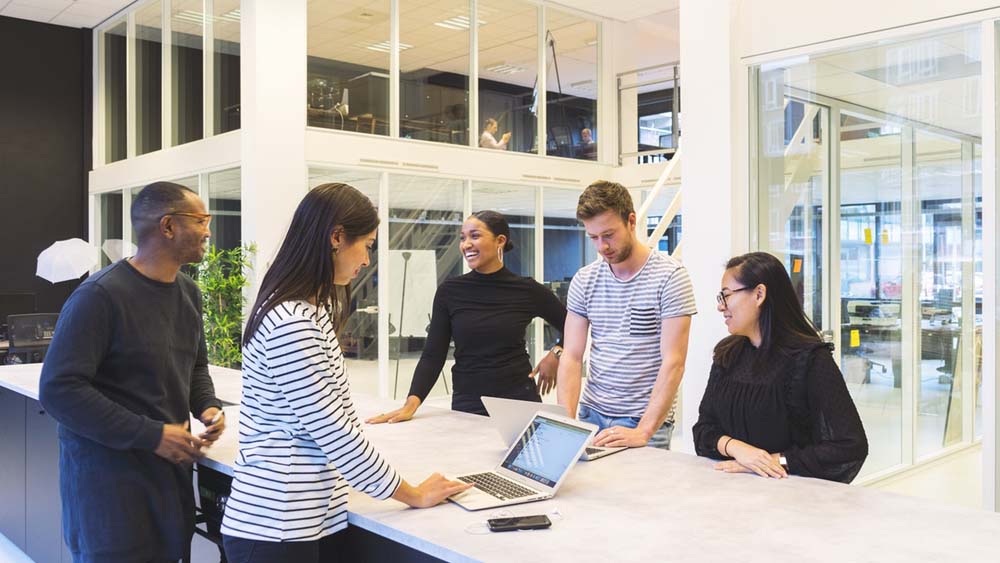News & views
How contemporary employment and recruitment trends transformed serviced office space
Date Posted: 24 December, 2018
Fast-evolving employment and recruitment trends have changed the face of serviced office space.
Once criticised as a fad, serviced office space has proved extremely popular. It attracts everyone from individual freelancers to larger businesses.
In this article, we’ll show you the extent to which employment and recruitment trends have transformed service office space.
In numbers: the transformation of the serviced office space
These figures outline the rapid growth of the serviced office space in recent years:
- Use of serviced office space has increased by a huge 200% over the last five years
- 4,410 serviced offices have opened since the first modern co-working space was introduced in 2005
- This figure is expected to rise to 3.8 million by 2020 and increase to 5.1 million by 2022
- Serviced office providers occupy approximately 10.7 million sq ft of Central London workspace, typically operating at 84% capacity
- In the US, serviced office space now occupies 27 million sq ft
- Average serviced office units have increased in size from 15,000 to 22,300 sq ft over the last two years
- 50% of large companies plan to have some form of serviced office space by 2020
- 89% of employees in serviced office environments report being happier than in a regular office
- 76% of serviced office space occupants intend to continue co-working
*Statistics courtesy of AllWork.Space
Employment and recruitment trends
Here is a brief introduction to the employment and recruitment trends that have driven and emerged from the development of the serviced office space industry:
1) Remote working
It is far easier to work remotely, thanks to ever-evolving communications and computing technology.
Freelancers are now to free to work wherever they like (at home, in the local area or in a serviced office space). Larger companies are starting to see the benefits of reducing overheads by hiring staff who work externally.
Therefore, serviced offices have had to create flexible spaces to cater for everything from one-person enterprises to entire floors of 50+ people.
2) Collaborative staff
Although remote working is more convenient than ever, people still prefer to spend their days in shared, collaborative environments.
Serviced office space providers have therefore focused on making their premises more communal by introducing features such as:
- Open plan office floors
- Break-out spaces
- Shared communal areas
- Shared digital resources (e.g. desktops, interactive screens etc.)
Many serviced offices also provide access to admin staff to help fill in the gaps that come with working remotely, offering services such as call answering and mail forwarding.
3) Younger, more agile clientele
Occupants of serviced office spaces tend to be younger, with a different set of expectations.
This means that serviced office spaces tend to be colourful, engaging spaces with a hint of Google’s office-based playfulness.
Lastly, younger workers expect to be able to work whenever and wherever they want. This has led to a rise in the use of remote working ‘pods’, usually positioned in motorway services/train stations etc.
Gain the recruitment insights you need to optimise your recruitment or job search processes by calling on our expert team.





